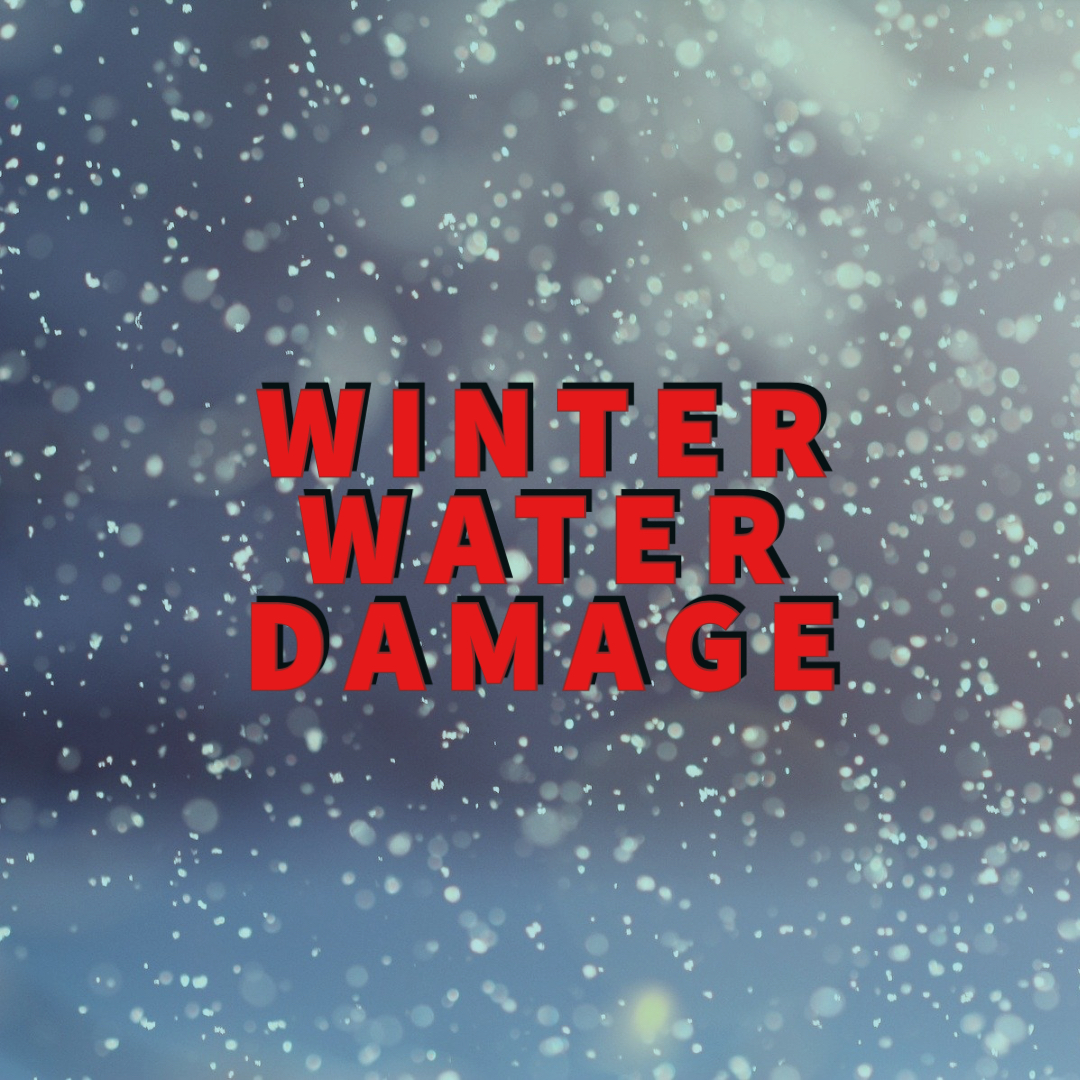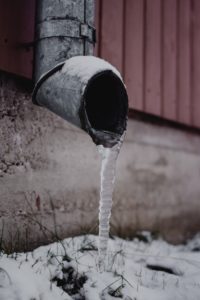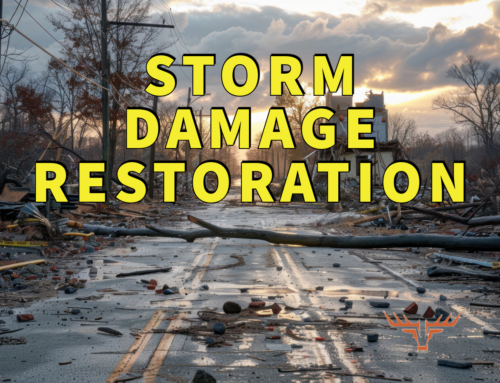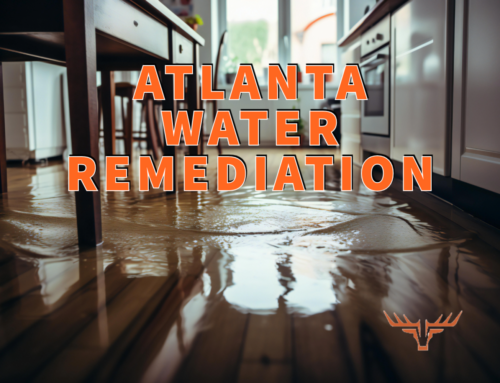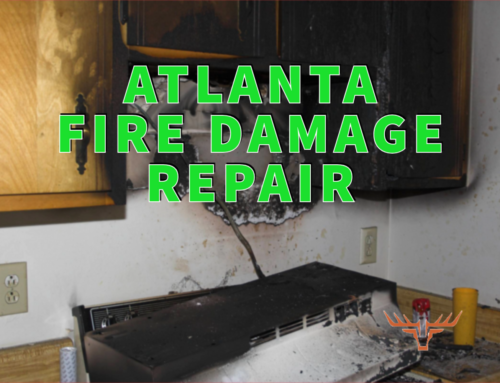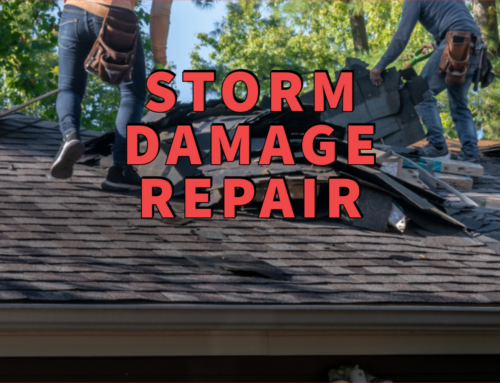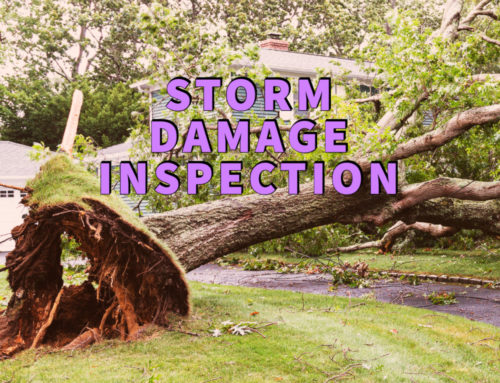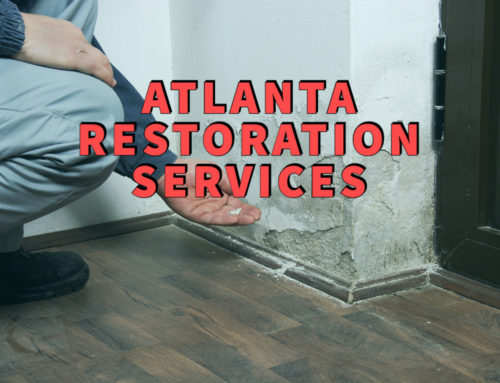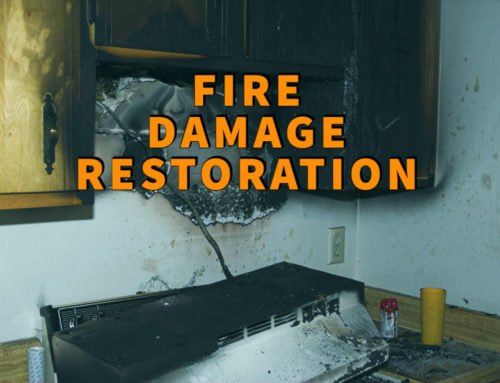Don’t put your home and belongings at risk from winter water damage as the weather turns cold!
Water damage is a possibility at any time of the year. During the colder months, winter water damage has two pathways for showing up, and they both have to do with ice.
With Texas experiencing freezing temperatures and record snowfall, no part of the country is safe from winter water damage considerations.
This article will lay out the two leading causes of winter water damage and provide recommendations about how you can prepare your home for freezing temperatures!

Winter weather
Whenever your forecast calls for freezing temperatures or snow, remember that there is more to do than make sure everyone has the right clothing for the season. Think of preparing your home for the cold as providing it with a winter coat.
Ice and snow are the main drivers of winter water damage. When they infiltrate your home’s infrastructure, they can cause flooding. In-home flooding poses unique risks, and if not taken care of quickly, can lead to mold growth.
As a homeowner, preparing for winter water damage is both important and practical. It requires an investment of time and money, but these pale compared to the worst-case situation: flooding inside your home.
2 leading causes of winter water damage
Winter’s freezing temperatures create ice—this is the underlying reason for the two leading causes of winter water damage.
As a homeowner, take steps so you can avoid:
- Burst pipes
- Blocked gutters
Let’s take a look at each one in-depth:
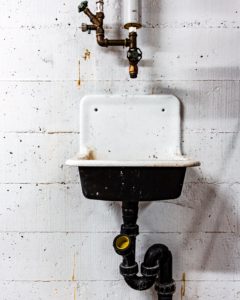
Burst pipes
Regardless of if your pipes are metal or PVC, they are at risk of bursting when the weather drops below freezing. A common assumption is that water expands when ice forms and bursts the pipe, but a larger cause is the water pressure that builds up behind the ice inside.
When there’s an ice blockage in your pipes, it’s only a matter of time before the pipe ruptures.
Take notice of any uninsulated pipes in these areas:
- Attic
- Basement
- Garage
- Crawl space
- Along exterior walls
These areas all experience colder temperatures since they are further away from the heat sources in the home’s central area.
There are three possible solutions:
- Insulate your pipes
- Consistent interior temperature
- Release a steady trickle of water
Pipe insulation is available at your local hardware store. Use it for any uninsulated pipes you find in any of the at-risk areas.
Maintaining a consistently warm interior temperature is the most common method for preventing burst pipes and accompanying winter water damage. It costs more on the electric bill, but it’s negligible compared to a burst pipe’s associated time and cost. While this method works for pipes close to the warm areas, those on the fringes are still at risk.
But what happens if the power goes out as well? As the entire house’s temperature drops, there isn’t much you can do for your pipes. In this case, running the faucets at a trickle prevents ice formation since there is a steady water flow.
Blocked gutters
Ice blocking gutters is the second leading cause of winter water damage. Even if they are clean before the winter weather begins, ice dams can block water flow. The water has to go somewhere, right? And that somewhere is into your house through the roof, entering into your attic.
Ice dams form when the snow on your roof melts and the resultant water trickles into your gutter. There’s isn’t enough water for a consistent flow, so this water becomes ice, building up over the hours until it creates a blockage.
Why would the snow on your roof melt? There are two reasons:
- The heat from the sun
- The heat from your attic
The heat from both sources causes the kind of slow-rate melting that results in ice dams. Combat heat from your attic by ensuring your roof’s ventilation is sufficient—this is part of the reason why it’s a good thing when your attic becomes colder in the winter.
Once an ice dam forms, the water can run underneath your roof’s shingles, potentially damaging them as the water gains access to the attic. From there, the water collects until you notice water spots on the ceilings on the top floor.
By the time the effects of blocked gutters become apparent, there’s already a substantial amount of water in the attic.
Roof inspections before the winter are the best prevention for winter water damage from blocked gutters. During this process, your roofer can identify any trouble spots, such as damaged shingles or inadequate roofing ventilation.
Preventing winter water damage in Atlanta, Georgia
Burst pipes and ice dams go hand in hand with freezing temperatures. They can both be prevented with a few simple steps, saving you time in the long run and avoiding the hassle of flooding in your home.
Although winter water damage is rare as far south as Georgia, that’s even more reason you know what’s possible. These issues aren’t a surprise to people who see them every year, and these tips might even be old news to them!
If you are in the Atlanta, Georgia, area and have any questions about winter water damage, give us a call or reach out via our contact page! Our experts are here for you and can help you handle everything from roofing inspections to water damage clean-up.

